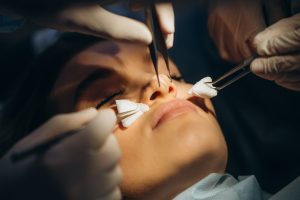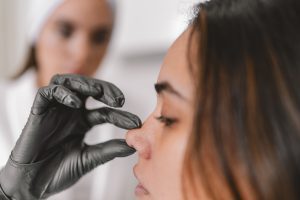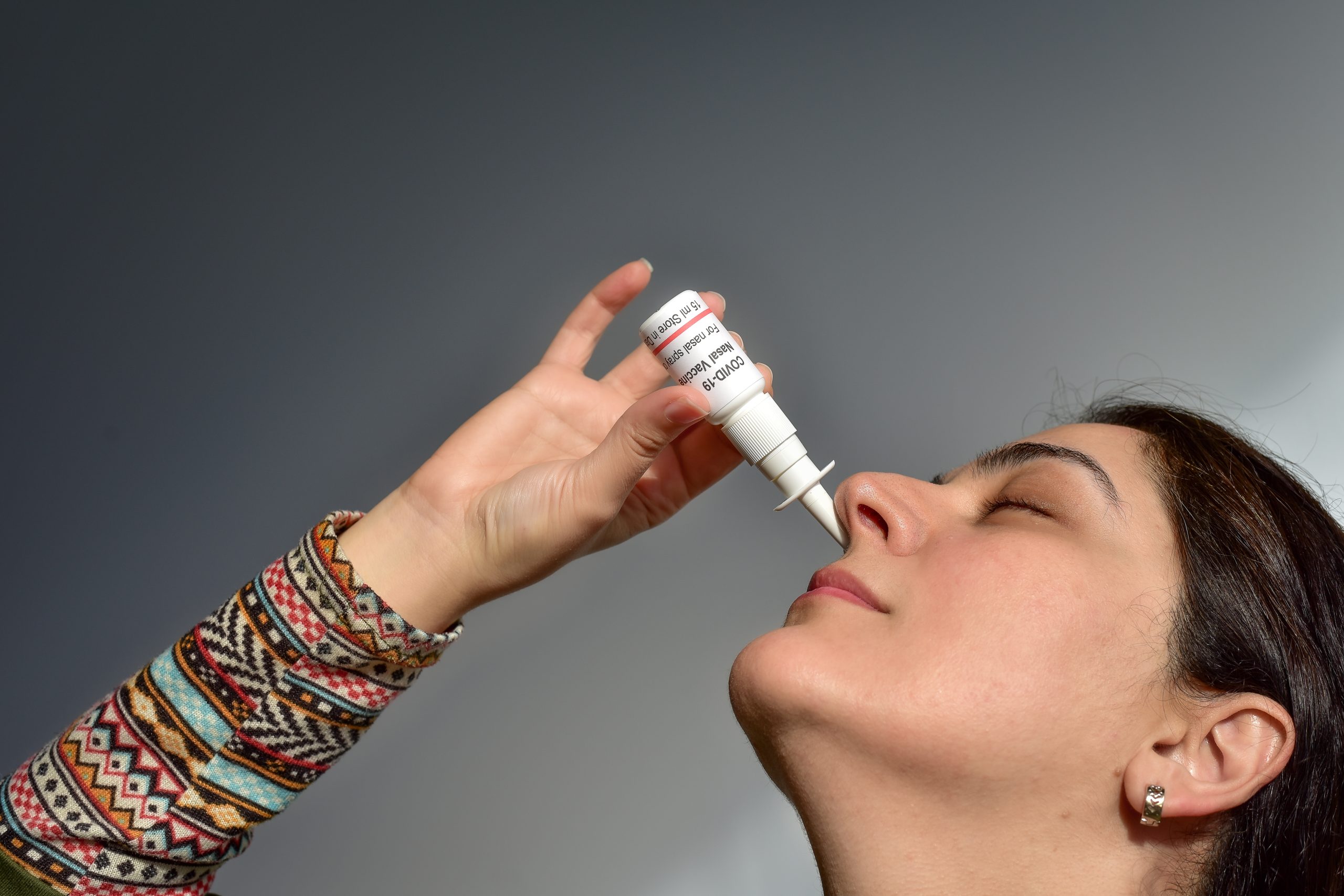Introduction
Undergoing rhinoplasty is a transformative experience, and proper post-operative care plays a crucial role in achieving optimal results. One aspect of aftercare that deserves attention is nasal cleaning. This article delves into the importance of nasal cleaning after rhinoplasty, how to use a nose rinse, and the significant impact it can have on the healing process.

Why is it important to clean the nose after Rhinoplasty?
Nasal cleaning is an essential component of post-rhinoplasty care for several reasons. Firstly, it helps to maintain nasal hygiene by removing blood, mucus, and other debris that may accumulate in the nasal passages during the initial stages of recovery. This not only aids in keeping the surgical site clean but also facilitates a smoother healing process.
How to use a nose rinse after Rhinoplasty?
Using a nasal rinse, such as a saline solution, is a gentle and effective way to clean the nasal passages after rhinoplasty. Here’s a step-by-step guide:
- Choose the Right Solution: Use a saline solution recommended by your surgeon or available over-the-counter. Ensure it is sterile and free from any additives.
- Prepare the Rinse: Mix the saline solution according to the instructions. It’s crucial to use distilled or boiled water to avoid introducing any impurities.
- Application: Tilt your head forward over a sink. With a neti pot or squeeze bottle, gently introduce the saline solution into one nostril, allowing it to flow out of the other. Breathe through your mouth during the process.
- Repeat: Perform the rinse on both nostrils, ensuring a thorough yet gentle cleansing.
- Frequency: Your surgeon will provide guidance on the recommended frequency of nasal rinses. Typically, patients are advised to perform nasal cleaning multiple times a day during the initial stages of recovery.

Does nose rinse make a difference after Rhinoplasty?
Nasal cleaning is instrumental in promoting a comfortable recovery after rhinoplasty. Here’s why it matters:
- Reduced Swelling: By eliminating excess mucus and promoting proper drainage, nasal cleaning can help reduce post-operative swelling.
- Preventing Infections: Keeping the nasal passages clean minimizes the risk of infection, a crucial consideration during the early stages of healing.
- Enhanced Breathing: Nasal cleaning contributes to maintaining clear airways, facilitating improved breathing, especially if nasal congestion is a concern after surgery.

Conclusion
Incorporating nasal cleaning into your post-rhinoplasty care routine is a simple yet effective way to support the healing process. The gentle flushing of nasal passages with a saline solution aids in maintaining cleanliness, reducing swelling, preventing infections, and ultimately promoting a more comfortable recovery. Always follow the specific instructions provided by your surgeon to ensure the best possible outcome and consult with them if you have any concerns during the healing journey.
Disclaimer: The content on this blog is intended for general informational purposes only. It is not a substitute for professional medical advice, diagnosis, or treatment. Always consult qualified healthcare providers for personalized advice. Information regarding plastic surgery, dental treatment, hair transplant, and other medical procedures is educational and not a guarantee of results. We do not assume liability for actions taken based on blog content. Medical knowledge evolves; verify information and consult professionals. External links do not imply endorsement. By using this blog, you agree to these terms.





